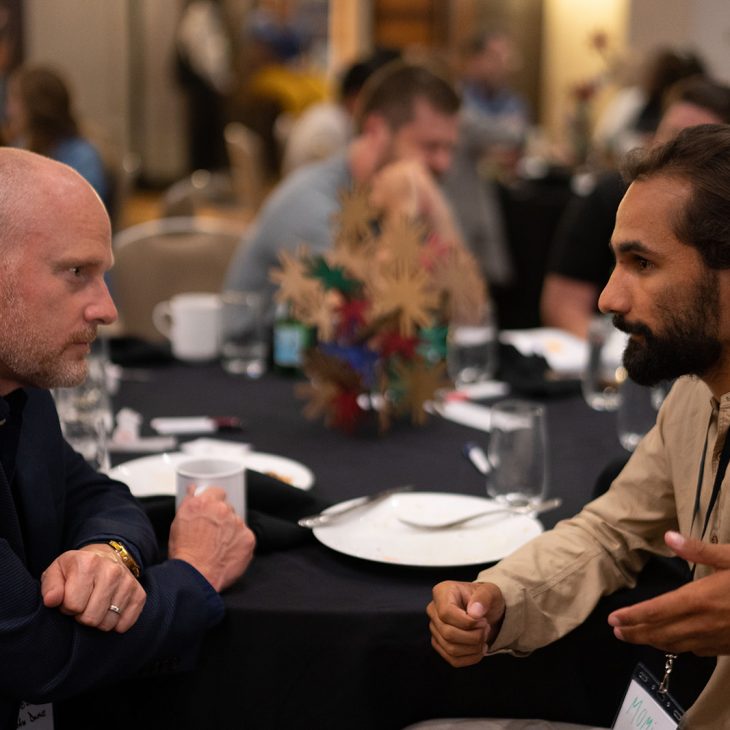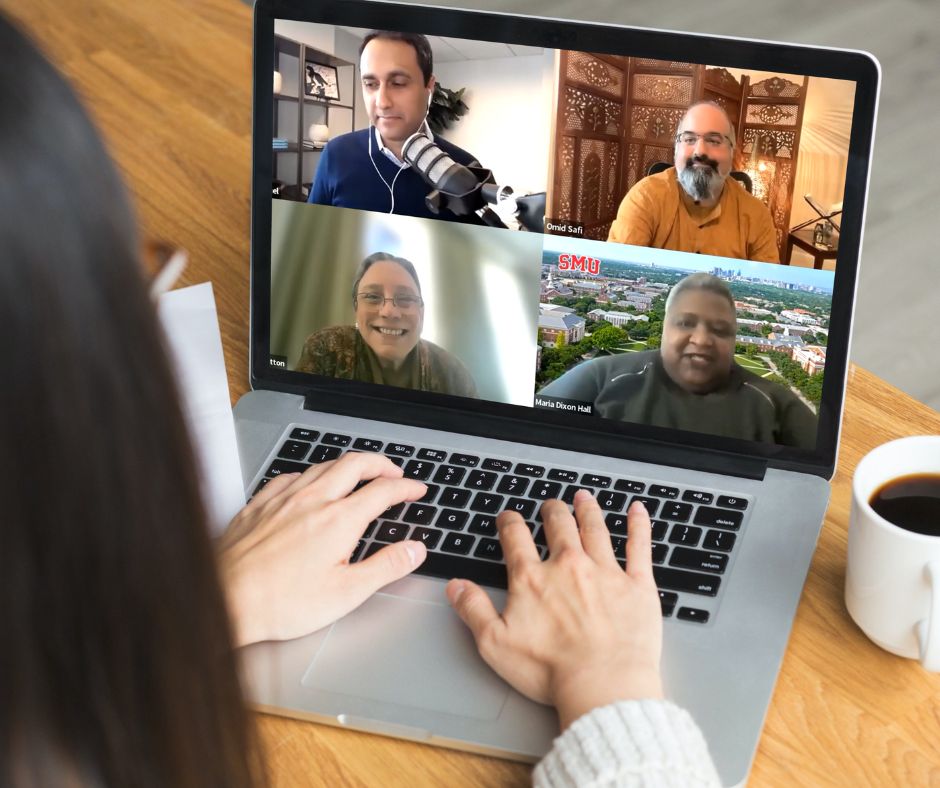
A small college in Minnesota had a conflict about religious diversity – and it wound up on the front page of the Sunday New York Times.
It has also been covered by National Public Radio, network news, CNN and myriad higher education and religion publications. In other words, it is a full scale national story.
Perhaps you have heard the details of the case. In a class on art history, a Muslim student at Hamline University was introduced to a medieval Islamic text that included an image of the Prophet Muhammad. The student was from a particular Muslim background that considers pictorial representation of the Prophet a violation of her faith.
Yet this was not an insulting “Danish cartoons” style depiction.
The painting was by a Muslim artist, it portrays a classical Muslim scene (the Angel Gabriel instructing the Prophet Muhammad in the first verses of the Qur’an) and is clearly intended as reverential. It has been cherished by devoted Muslims and expert art historians for hundreds of years.
As I wrote in The Chronicle of Higher Education, the college made a mistake in dismissing the art history instructor, an adjunct, since there is an honest challenge at the heart of this issue: What happens when the legitimate expression of one party (in this case, a Muslim artist as presented by an art historian) feels like an offense by another? And what do we do when what’s at stake is the sacred, the ultimate?
While the public attention the controversy has received is noteworthy, the case itself did not surprise us at Interfaith America. Indeed, we have been using cases much like this one for years in our various faculty seminars, student leadership trainings and institutes for senior administrators. We often say that diversity is not just the differences you like, and the challenge is to be able to be able to respect, relate and cooperate across our inevitable disagreements.
The United States is the most religiously diverse nation in human history, and the most religiously devout nation in the Western hemisphere, so virtually every institution can expect to face conflicts around religious diversity.
Over the course of the past 20 years, Interfaith America has worked with over 600 college campuses on interfaith issues. Clearly, our work continues to be needed in the space of higher education. You can be sure that we are engaged in a proactive process of helping Hamline and other colleges navigate the very real challenges they are facing in a way that expands horizons and bridges divides.
But college campuses are not the only place where we can expect such controversies to emerge. Disagreement and conflict are intrinsic to a diverse democracy, and religious disagreements will be especially common. And that is precisely why we at Interfaith America have expanded our work beyond our historic focus on higher education to include private companies, public health, government agencies, civic organizations, racial equity and more.
Indeed, religious diversity is a cornerstone challenge – and opportunity – in virtually every sector of American life. Interfaith America is the nation’s vital civic institution ensuring that we can engage the challenge in a way that strengthens our country, rather than further divides it.
Share
Related Articles
American Civic Life
American Civic Life
Eboo Patel and Wajahat Ali: Is “Interfaith America” Even Possible?
American Civic Life
Evangelical Christians and American Pluralism: A Conversation with David French

Art, Religion, & Academic Freedom
A distinguished panel of educators discuss the recent events at Hamline University and suggest constructive ways to navigate conflicts in a religiously diverse democracy.
Learn more


